Canadian wild ginger (
Asarum canadense) is an eastern U.S. native perennial that blankets shaded slopes in deciduous woodlands. This attractive plant is easy to grow and makes an excellent ground cover. The bright green, heart-shaped basal leaves push their way up through leaf litter in spring. Small maroon flowers emerge beneath the leaves at ground level shortly after.
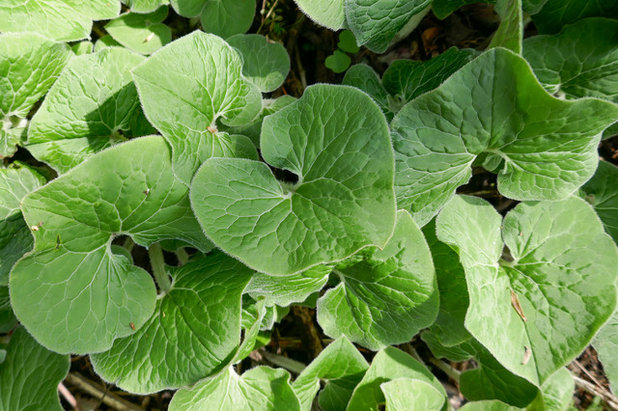
Holm Design & Consulting LLC
Shown: Canadian wild ginger has heart-shaped foliage.
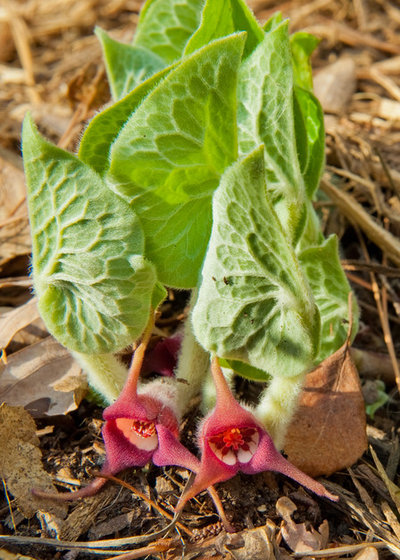
Holm Design & Consulting LLC
Botanical name: Asarum canadenseCommon names: Canadian wild ginger, wild ginger, Canadian snakeroot
Origin: Native to eastern North America, from the eastern Dakotas eastward to Maine in the north, and Oklahoma eastward to Georgia in the south
Where it will grow: Hardy to minus 40 degrees Fahrenheit, or minus 40 degrees Celsius (USDA zones 3a to 8a; find your zone)
Typical plant communities: Medium to moist deciduous woodlands
Soil requirement: Medium to moist sandy-loam to clay-loam
Light requirement: Partial shade to shade
Mature size: 3 to 6 inches tall and 6 inches wide
Benefits and tolerances: It tolerates partial shade to full shade; deer tend to avoid it.
Seasonal interest: Bright green, heart-shaped basal leaves emerge in April, and three-parted red flowers open shortly afterward.
When to plant: Spring or fall; potted plants are available from most native plant nurseries in areas where it occurs.
Shown: Canadian wild ginger sports red flowers.
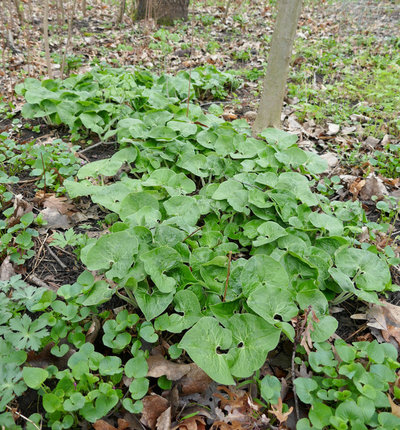
Holm Design & Consulting LLC
Distinguishing traits. This is a low-growing, spreading native plant that forms an attractive ground cover under trees and on wooded slopes in partial to full shade.
Although Native Americans used the ginger-scented root for medicinal purposes, eating any part of this plant isn’t recommended.
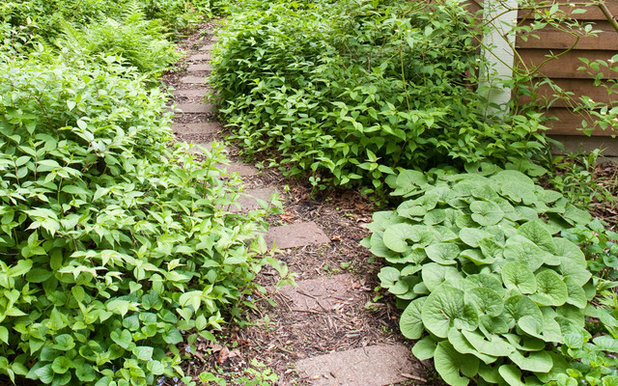
Holm Design & Consulting LLC
How to use it. Canadian wild ginger can be used in any shaded site in formal and informal plantings. It’s best near planting borders or pathway edges where it won’t get overpowered by tall plants. It can also be used in moist, shaded locations under trees.
Combine Canadian wild ginger with other shade-tolerant, spring-flowering native perennials, including early meadow-rue (
Thalictrum dioicum), Jacob’s ladder (
Polemonium reptans), largeflower bellwort (
Uvularia grandiflora), longstyle sweetroot (
Osmorhiza longistylis), twoleaf mitrewort (
Mitella diphylla), Virginia waterleaf (
Hydrophyllum virginianum), white trillium (
Trillium grandiflorum) and wild geranium (
Geranium maculatum).
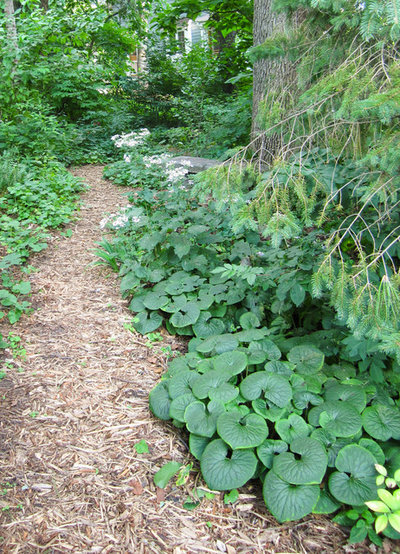
Holm Design & Consulting LLC
Planting notes. Canadian wild ginger spreads underground, forming dense masses. As with many spring-flowering woodland wildflowers, the seeds are best collected when ripe, then sown immediately where desired. Make sure not to let them dry out.
Shown: Canadian wild ginger borders a woodland pathway.
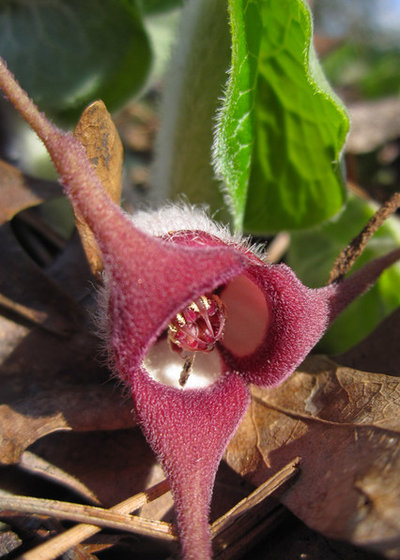
Holm Design & Consulting LLC
Pollinator notes. The maroon flowers open at ground level. Although they were thought to be fly-pollinated, recent studies have determined that they don’t rely on insect pollination. I haven’t observed any insects visiting the flowers.
Ants, however, have a primary role in dispersing the seeds away from the parent plant. Each seed had a fleshy attachment called an elaiosome, which resembles a caterpillar. Trillium, bloodroot and other spring-flowering woodland wildflowers also have elaiosomes on their seeds. Ants seek out these seeds; they carry the seed back to their nest, consume the elaiosome and then dispose of the seed in their “trash pile” within the nest.





